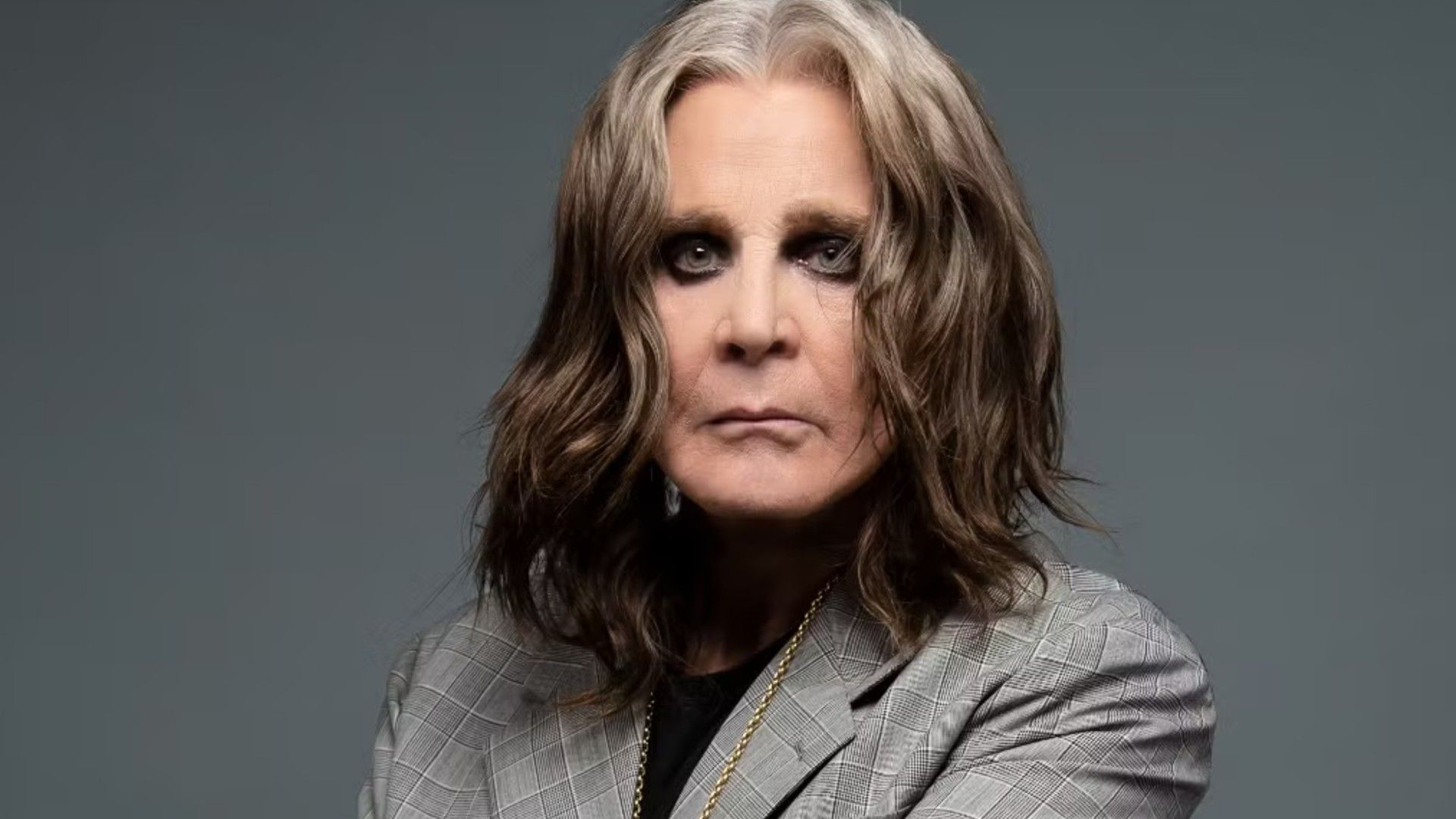Maura Higgins sets pulses racing as she goes braless in a plunging PVC co-ord during outing in New York

The 35-year-old, known from Love Island and recently appearing on the US version of Celebrity Traitors, looked like a classic Hollywood star while in New York City.








